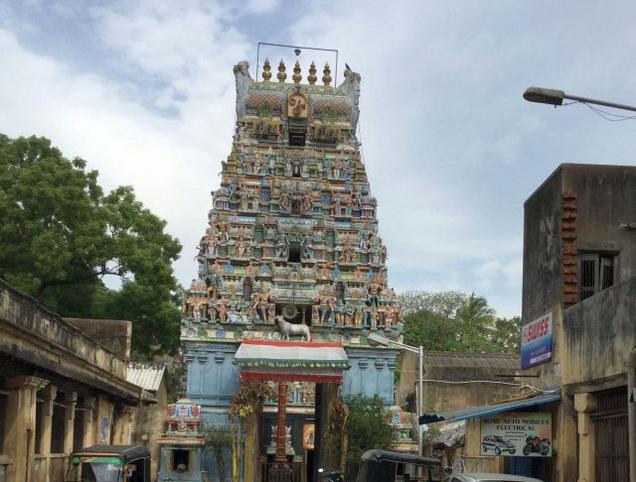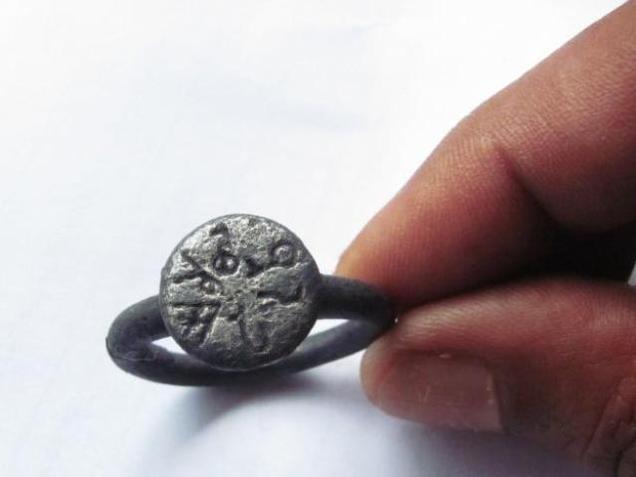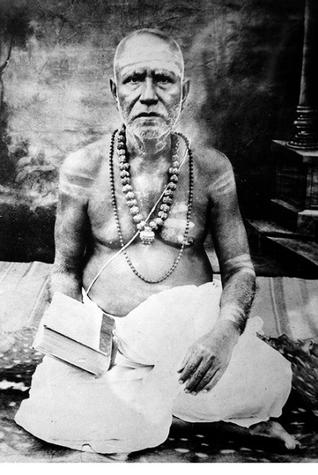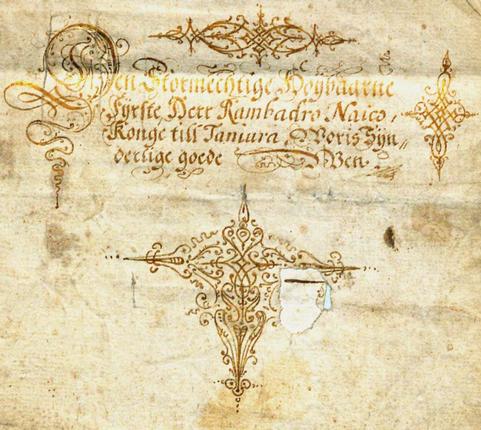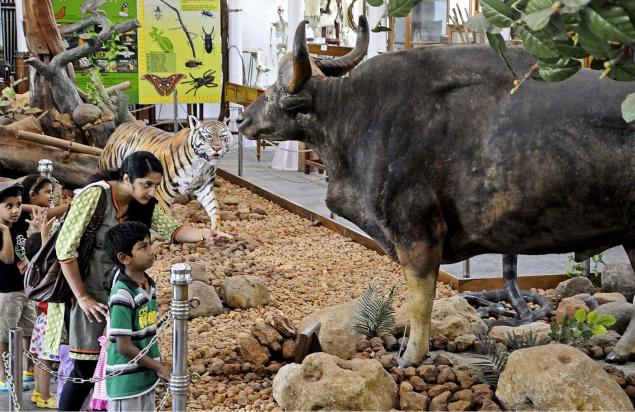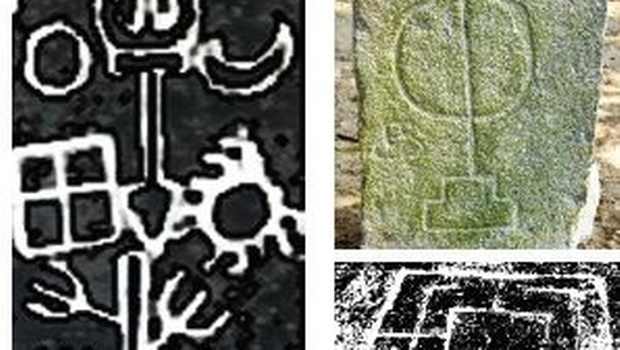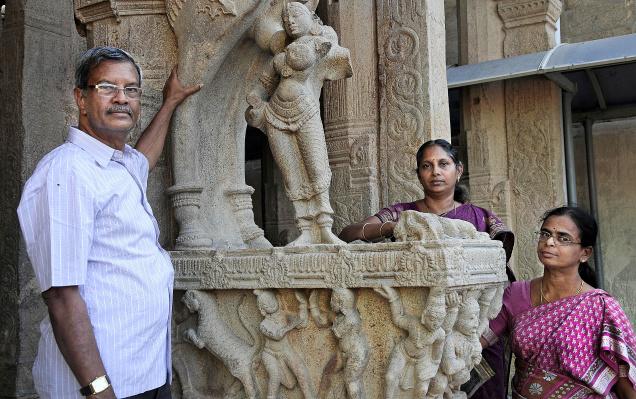
This trio of scholars has been steadily working to chronicle the temple heritage of southern India
“The history that has survived for so long surely knows how to take care of itself,” says Dr. R. Kalaikovan, an ophthalmologist who balances his medical practice with his ardent love for researching the state’s past, particularly through its temples.
Assisted by his former students and now experts in their own right, professors M. Nalini and A. Akila, Dr. Kalaikovan has been the brain behind the Tiruchi-based Dr. M. Rajamanikkanar Centre for Historical Research Centre, named after his father, the outstanding scholar and Reader of Tamil at the Madras University.
A distinction student at school-level history, the young Kalaikovan opted to study Medicine at the Madras Medical College, and followed it up with a Diploma in Ophthalmology. He shifted to Tiruchi after marriage in the 1970s. “From 1975-80, I was strictly an ophthalmologist. I had no knowledge of history but for what I had learned in my school days,” he recalls.
In 1980, the priest of Woraiyur’s Panchavarna Swamy temple invited Dr. Kalaikovan for a prayer of thanksgiving after the successful cataract operation that he had done on him.
“After the prayer, while taking a look around, I came across the carving of a bicycle on a pillar behind the Amman temple,” says Dr. Kalaikovan. “It was so funny and intriguing to see the picture of a cycle in an ancient temple. But neither the officials nor the scholar who wrote its history, were able to explain how it came there. I started researching this fact.”
Through multiple forays into the history of the bicycle (which was invented in Germany in 1800s), and the Chola-era Woraiyur temple, he theorised that the vehicle was possibly a novelty in Tiruchi of the 1920s, when the temple had been renovated. “Perhaps the sculptor had seen someone on a cycle, was impressed by it and had recorded it forever on stone,” says Dr. Kalaikovan. “After this I got so interested in temple history, that I could no longer leave it.
“The builder of the temple, Kochengannan Chozhan, was the first to develop the typical temple complex in the 5th century. He premiered the concept of building temples on a maada (raised platform), followed by the Vimana (tower above the sanctum-sanctorum), to protect the structure from the flooding of the Cauvery.”
The centre has since found 34 such temples in the State.
Detailed projects
Among the many achievements of this trio of scholars is a district-wise directory of all the 105 cave temples of the State, a seven-volume magnum opus that took ten years to complete. “There is a line of thought among English-language historians that cave temple architecture doesn’t belong to Tamil Nadu, and was an idea copied from Maharashtra or the Kalinga empire. We have only 20 large cave temples, but the sculptures are excellent. And there is a difference in style and presentation, which we want to prove conclusively in our next publication,” says Dr. Kalaikovan.
The other major work of archival value that the team has undertaken is a detailed exploration of the nine monoliths of Mamallapuram.
With a sense of a teacher’s pride in his brilliant students, Dr. Kalaikovan credits Nalini and Akila for their dedication in highlighting temples as centres of history. “Around 1000 inscriptions have been found by these two scholars,” he says. “There are a lot of people, but few with dedication in historical research. Of the 60 students I have coached, 50 are women, but they have disappeared after graduation, due to domestic constraints. I request more women to come forward to work in archaeology, history and temple study, because they have a sense of devotion and attention to detail that is missing in men.”
Epigraphic snapshots
Dr. Nalini, associate professor of history at the Seethalakshmi Ramaswami College, describes the cave temple directory as her best work to date. She was drawn towards epigraphy as a specialisation in her Ph.D, when she compared temple inscriptions between a fertile and barren area of Perambalur. “We were able to discover many details about the life and agricultural output of the villages through these inscriptions,” she says.
“When we discover an inscription, we inform the print media first and then the government authorities, so that they can copy it when they are on a tour here. Even though the Tamil alphabet has evolved, most of the meanings are to be interpreted through palaeographic study and through the historical references of the period,” she adds.
“Inscription study gives real history,” says Dr. Kalaikovan. “An inscription is like a register of events, showing the connections of the temple to society and political authorities. For example in Thirumayam, there is a Perumal temple and Sivan temple in the same campus. At the end of the 13th century, it was separated for worship. The details of this partition were decided by a committee of villagers, scholars and outside observers. The treaty discusses how the two temples would be separated, and also how the common areas would be used. It really surprised us to see the amount of balance and objectivity despite the quarrel behind the issue,” says Dr. Kalaikovan.
Guiding youngsters
Dr. Akila, who is an assistant professor of history at Arignar Anna Government Arts and Science College, Musiri, joined the centre as a student in 1989. Unable to secure a place in M.Phil after her Masters degree, she was advised by Dr. Kalaikovan to apply directly for her Ph.D at Bharathidasan University instead. Her highly-commended thesis on the Pazhuvur temple was the first to be written in Tamil.
Her work on the Mamallapuram monoliths, which included identifying the builder and recording the epigraphy, is perhaps the most detailed project of its kind on the historical relic.
“Since I’m now in the field, and want to improve, I try to guide the students in temple study, in its architecture and inscriptions,” says Dr. Akila. “Recently, a third-year student told us about a slab with an inscription at the Thirukameswar Temple, Vellore, which Nalini was able to identify and decipher. We usually give the credit to the students who spot the inscriptions, to help them with their projects.”
Save the legacy
Some facts may never emerge from the veil of times past, concedes Dr. Kalaikovan. “There is no doubt at all that our temple builders had real scientific knowledge. But unfortunately they have not recorded it in either literary or epigraphic form,” he says. “The temple builders never cared for their names, they only wanted to leave the structures behind as their legacy.”
Which makes it all the more important for the succeeding generations to take care of them, says Dr. Kalaikovan. “Temples should be treated as sacred history spaces, and maintained by the community. We must teach the people how to enjoy the temple and keep it clean for worship.”
***
Fact file
Dr. M. Rajamanikkanar Centre for Historical Research was established in 1982 by his son Dr. R. Kalaikovan, an ophthalmologist. Dr. M. Nalini and Dr. R. Akila are its honorary assistant-directors.
The centre publishes an annual magazine called Varalaaru. Its monthly web-zine titled varalaaru.com is run by five software professionals with an interest in history, and has 109 issues online so far.
Besides a vast database of research material generated by its own scholars, the centre also periodically guides students and holds awareness programmes on temple preservation.
Dr. Kalaikovan may be emailed at kalaikkovanr@yahoo.com
source: http://www.thehindu.com / The Hindu / Home> Features> MetroPlus / by Nahla Nainar / June 12th, 2015
